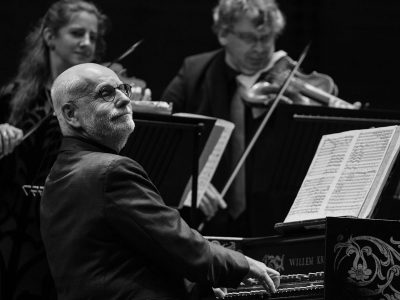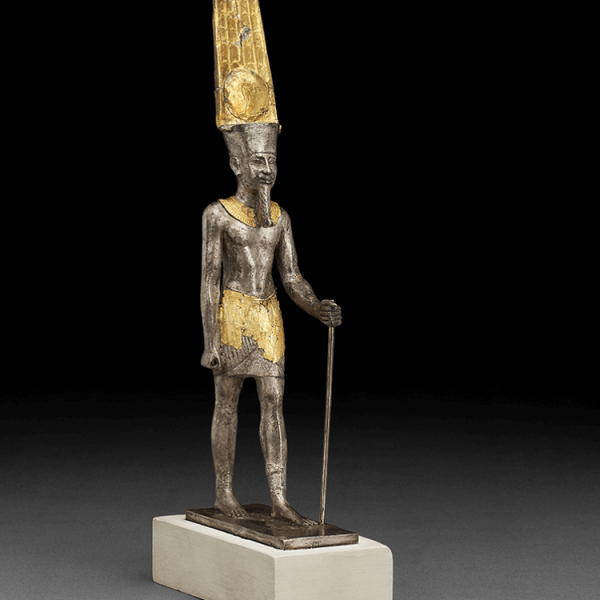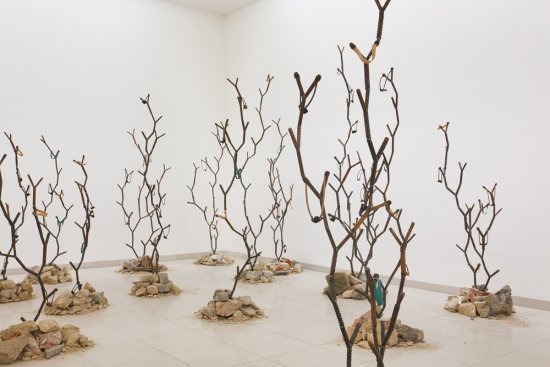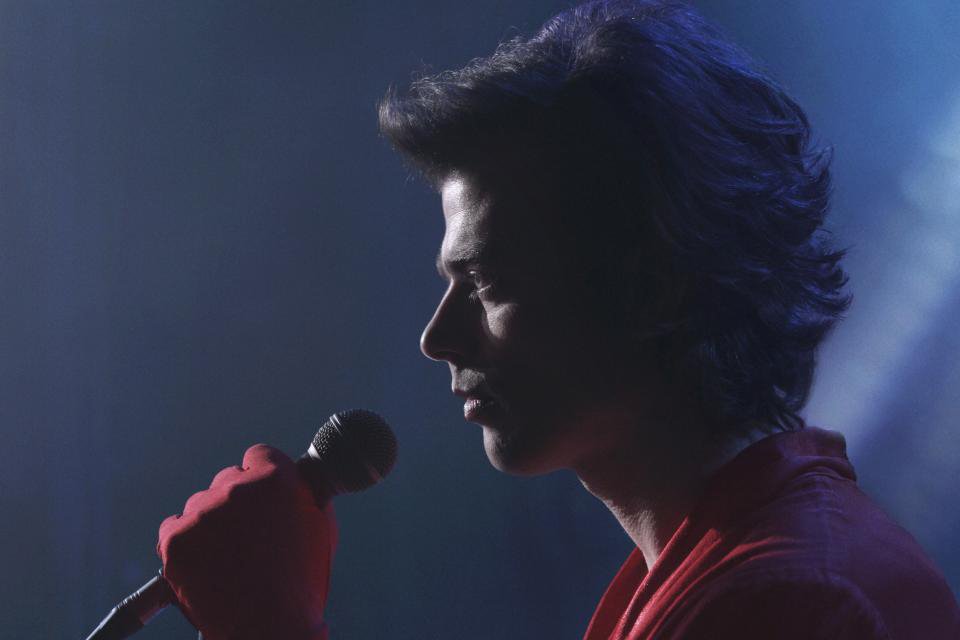July 2018 Cultural Events Barcelona
MUSIC AND
PERFORMING ARTS
MUSIC AND PERFORMING ARTS
01 / 07/ 18

CUCULAND SOUVENIR
Teatre Grec - July, 6
Year after year, the Grec Festival is great news for Barcelonans. The blistering evening heat is rendered more bearable by a programme featuring high-quality music and the performing arts, some of which reveal the latest trends. Furthermore, it shows a perfect balance between local and international artists, who come from countries with great music and theatre cultures. Many of them are worth recommending in this year’s edition. We will spotlight Cuculand Souvenir, a show created by Roberto Olivan to be a spectacular display, bold and highly entertaining, even if it allows our usual way of spending time and, indeed, enjoying technologically-induced entertainment to be shifted into a critical tone. The condemnation of a kind of childishness takes place in an almost circus-like fashion, mainly through dance, which in itself is a fascinating pirouette. The number of ways of capturing – and challenging – viewers’ attention is mind-boggling. Its creators did not skimp on resources to astonish the eyes, and, likewise, to spur a positive revision of one’s own critical consciousness.

WEST SIDE STORY
L'Auditori, July, 18 & 19
The musical West Side Story, which was turned into a film in 1961, has been interpreted as a revamped version of Romeo and Juliet, the Shakespearean tragedy that enacts the consequences of impossible love.
The songs that Leonard Bernstein created for the film – Maria, Tonight, Somewhere, I Feel Pretty and of course America – have transcended his era and are now part of our auditory memory. In this off-season concert featuring the OBC, audiences at the Auditori will have the chance to watch the film on a screen over the stage while enjoying a live performance of the appealing mix of Latin beats and late-Romantic sensibility which Bernstein was perfectly familiar with in his capacity as a music disseminator and particularly as a conductor who specialised in the music of Mahler. The melodies of his West Side Story masterfully fuel the dramatic action, are catchy and convey that infinite yearning: the Tristanian form of unattainable love that the musicians of the OBC manage to make tangible through music.
ESSAY ON LUCIDITY
Teatre Lliure de Montjuïc, July, 27 & 28
If in Blindness, Saramago developed a somewhat moralistic fable based on a sudden blindness epidemic which totally distorted the usual understanding of the world, and
obviously human relations as well, in his subsequent Seeing, he recounts how the new understanding leads citizens to cast blank ballots. The return to Plato’s cave, from the first episode, has a second part with problems of its own, as revealed in this fascinating staging by the Compañía La Danesa as part of Barcelona’s Grec Festival. As the organisers of the event explain, “The staging suggests a sarcastic, comical vision of a power that is capable of showing its more brutal side at the darkest times and seeks outside enemies to blame for election results it doesn’t understand”.

FESTIVAL BACHCELONA: BACH FOR CHILDREN
Petit Palau, July, 22
The organist Ton Koopman, one of the living legends of ancient music, lends his talents to officiate at a concert designed for children and featuring them – in its choral part – in the Festival Bachcelona.
This neologism provides a clear indication of the essential purpose of the event, which revolves around Bach’s works and is held at different venues around the city of Barcelona, such as the Petit Palau (Palau de la Música Catalana) and the Art Nouveau premises of Sant Pau (Sala Pau Gil), where another interesting chamber concert will also be held. Koopman’s concert incorporates acting onstage, and for the music it has enlisted the performance of the BZM Ensemble and youth choirs, namely the Sant Esteve Choir and the Benjamin Britten Choir of the IEA Oriol Martorell. The programme is comprised of Baroque dances inspired by the magical world of Don Quixote. Particularly designed to entertain and inspire the mental ductility of children – their amazing capacity to absorb and integrate content, often through play – it will combine the rigour and equilibrium of the classical forms with an explosion of fantasy, which the audience, both children and adults alike, is sure to enjoy.

JONC & MANUEL VALDIVIESO
Palau de la Música, July, 9
It’s not just the enthusiasm radiating from the musicians in the Jove Orquestra Nacional de Catalunya (National Youth Orchestra of Catalonia, JONC). Last year at the Palau de la Música, with a score as intricate and vast as Gustav
Mahler’s Symphony No. 3, we bore witness to their qualities: outstanding technique and a genuine commitment to the music, admirably administered by Manuel Valdivieso. The scene is being repeated this year, with the same conductor and even composer, the star of this magical evening. This time it’s his Symphony No. 1, nicknamed “Titan” in reference to its original inspiration, the bildungsroman by Jean Paul. Beyond its programmatic nature and the possible biographical echoes which have been sought in it, Symphony No. 3 is a late romantic work – a romanticism whose seriousness is difficult to take seriously today. It unquestionably incorporates recognisable elements and extraordinarily emotional themes, but it also combines high and low registers, accentuating the theatrical, artificial nature of the creation. The symphony begins subtly, with the silent sound of the cosmos, and it unfolds in a wondrous din, fuelled by popular melodies and grandiloquent declamations. Along with this work, in the year we are celebrating the birth of Leonard Bernstein – one of the most brilliant and passionate interpreters of Mahler’s symphonies – his Divertimento for Orchestra is also on the programme. This composition brings together a plurality of registers in its different movements. In fact, references to cadence are replaced by the names of dances, as a fun compilation – like a suite – of several popular dances from the early decades of the 20th century, including the waltz, the samba, the mazurka and the turkey trot. In Bernstein’s spectacular orchestration – with the lucid activity of brass and percussion – these dances are reminiscent of the world of West Side Story. This is a concert where you can discover the talent of the forthcoming generations of musicians and today enjoy – as proven by the concerts in past seasons – vibrant versions of two great works from the symphonic repertoire.
< LAST MONTH NEXT MONTH >
EXHIBITIONS
EXHIBITIONS
01 / 07 / 18

Pharaoh, King of Egypt
CaixaForum Barcelona, until September, 16
Pharaoh, King of Egypt is the most recent impressive exhibition resulting from the partnership between Caixaforum and the British Museum. The show includes more than 150 pieces of extraordinary archaeological value, including monuments, goldwork and reliefs from temples. Along with the characteristic iconology of ancient Egypt, which is recognisable in a variety of media and materials, the criterion of this exhibition engages visitors in the narrative, which in turn reveals the historical fascination that these rulers have aroused. In this sense, the organisers highlight the fact that even though “the pharaohs reigned between approximately 3100 and 30 BC, the subsequent Greek and Roman rulers still presented themselves as pharaohs”.

Kader Attia. Scars remind us that our past is real
Fundació Joan Miró, until September, 30
At this point, it is no secret that abstraction can be equally or even more expressive than figurative representation.
Nonetheless, exhibitions like the one featuring Kader Attia at the Miró Foundation, eloquently subtitled “scars remind us that our past is real”, spotlights just how fruitful and satisfying the dialectic is between a prior absence of (represented) meaning and the profound mark that aesthetic experience leaves, presented clearly and distinctly as a figure, or via its manipulation or explicit elusion. The metaphorical “scar” is meant as a healed wound, but never entirely a thing of the past in that it constitutes the person who bears it. Perceptible and enigmatic relief is reflected in the work Mirrors. Yet it is also hinted at in installations like J’accuse, which shows faces which are only seemingly recognisable on metal bases resembling stools. In reality, what appears is the real deformation of the denied reality, which inevitably endures. It reappears in the creative act of this Algerian artist who won the last edition of the Joan Miró Prize granted by the Joan Miró Foundation and Obra Social "la Caixa".
Itō Shinsui. Tradition and Modernity
Fundació Joan Miró, until July, 22
After an extension of the exhibition at the Miró Foundation, this is now the last month you can enjoy a show revolving around the world of Itō Shintui (1898-1972), the master of one of the most popular graphic
currents in 20th-century Japanese art: Shin Hanga. The interest in foreign traditions, especially ancient cultures, can be found in the works of the leading avant-garde creators, and Miró is no exception. The restful shapes of the objects and a certain tendency to depict the timeless stillness of reality which shows only subtle variations leads to “disfiguration” in the Catalan artist, while Shintui – connected through antithesis – stays close to forms that are beautifully enclosed upon themselves, choosing a stable rendering of the fleeting with striking stillness.

A SENSE OF WONDER. CARLES CONGOST
Fabra i Coats, until July 22
A Sense of Wonder is the title of the exhibition which gathers together some of Carles Congost’s most recent works
in video format that examine the world of music, specifically art, from a variety of vantage points, seriousness and the airs of transcendence coexisting with a sense of humour. And this calls to mind that famous Freudian quote which states that jokingly we can say anything, even the truth. The counter-discourse of humour, like irony, enables him to reflect some of the most unusual situations which occasionally crop up in the world of creation. Paraphrasing the title of the video art show, the viewer is invited to wonder at the meaning, which is reached in the most unexpected way, through improvisation or a totally unorthodox form of boldness. Until the 23rd of July, the exhibition will be on display in the privileged space of Fabra i Coats, a former factory turned into a contemporary art centre, which hosts exhibitions, educational activities and concerts throughout the year, as in the paradigmatic example of the Festival Mixtur, which features all of the above.

Sex in Roman Times
MAC, until September, 2
One of the first bits of information we find out on the museum’s website related to the exhibition Sex in Roman Times is the show’s explicitness, as it is targeted
– as the website says – “to an adult audience”. This warning is justified bearing mind the usual caution exercised in the majority of art shows, even when just nudes appear. In this exhibition, which can be visited at the MAC (Archaeology Museum of Catalonia) starting on the 21st of June, different objects remind us of Roman culture’s lack of inhibition after the Republic in the 4th century. Sexuality was celebrated by ritual objects because it was necessary for reproduction and the perpetuation of the generations, but it was also promoted as an attraction. Few ancient societies were as aware of the importance of the erotic urge as Roman society was, and few exploited it so intensively and pragmatically. The exhibition, which includes around 80 objects from museums on the Iberian Peninsula – most of them unearthed in local excavations – is divided into five sections: “Sex and marriage” is devoted to relations between men and women within the context of Hellenistic ethics; “Sex, seduction and beauty” focuses on the issue of physical attraction; “Sexual practices”, examines different sources that reveal intimate customs; the fourth section is an expansion of the previous one on the possibilities of relations outside a legitimately established couple, with people of the opposite or same sex; and finally, the last section recreates the gods’ intervention in sexuality to illustrate some of the most striking adventures with human forms. In addition to these pieces, the show is accompanied by fragments from the classical Latin authors, experts in amatory matters – with Ovid at the helm, but also the stoic Seneca, Plautus and Suetonius – which help contextualise the works and provide a better understanding of how Roman society dealt with desire and morality over the centuries.
< LAST MONTH NEXT MONTH >
Sign up for the newsletter and get cultural events delivered to your inbox.
Information on Data Protection
Responsible: The New Barcelona Post (Foment del Treball).
Purpose: Manage the sending of newsletters by email with information about upcoming planned activities.
Legitimation: Consent of the interested party.
Targets: The request will add the data to the MailChimp system, in order to send the newsletters by e-mail to the user.
Rights: You have the right to access, rectify and delete this data, as well as other rights that are also explained in the privacy policy.
Data retention: Until the user requests its deletion.
Additional information: For additional and detailed information on the privacy policy, see https://thenewbarcelonapost.com/en/privacy-policy/.
